
Brilliant ideas often come from unexpected places, and history is full of thinkers who changed how people live without making front-page news. Their contributions shaped what feels ordinary today, though their names don’t always get the attention they deserve. Here are ten Black inventors whose impact still surrounds us.
Alexander Miles

In 1887, Alexander Miles secured a patent for a mechanism that automatically opened and closed both elevator car and shaft doors using a belt-and-lever system. His design improved on John W. Meaker’s 1874 invention, which only automated shaft door closure, by offering a safer, fully synchronized solution that shaped modern elevator design.
Garrett Morgan
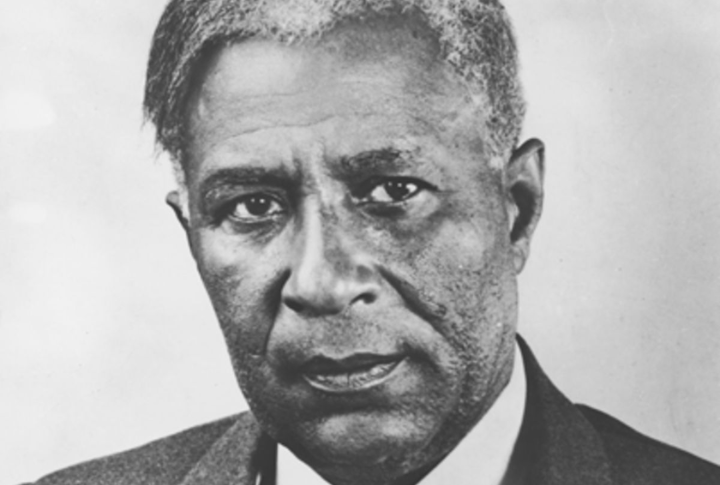
Inspired by firefighters’ struggles with smoke, Garrett Morgan invented the safety hood in 1914 and used it heroically during the 1916 Cleveland tunnel disaster. By allowing wearers to breathe in smoke-filled areas, it saved lives. Building on that instinct for safety, he also patented a three-position traffic signal in 1923.
Lewis Latimer
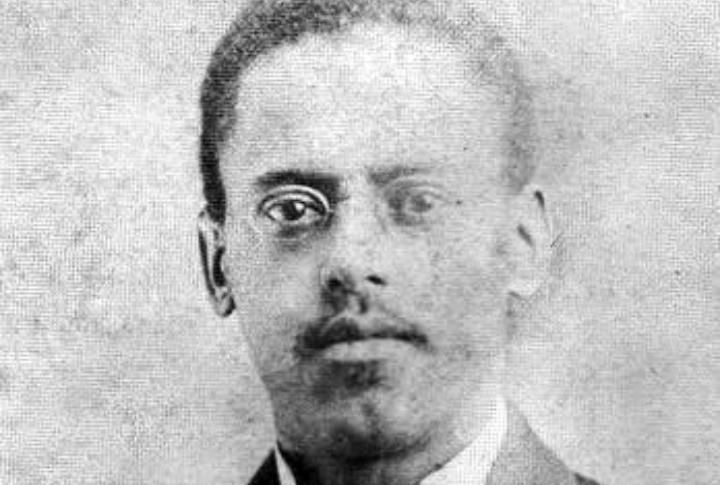
Lewis Latimer enhanced two pivotal technologies of his era: electric lighting and the telephone. In 1881, he improved the carbon filament, which made bulbs durable. He also assisted Alexander Graham Bell by drafting the 1876 telephone patent application, helping secure its formal recognition and protection.
Frederick McKinley Jones
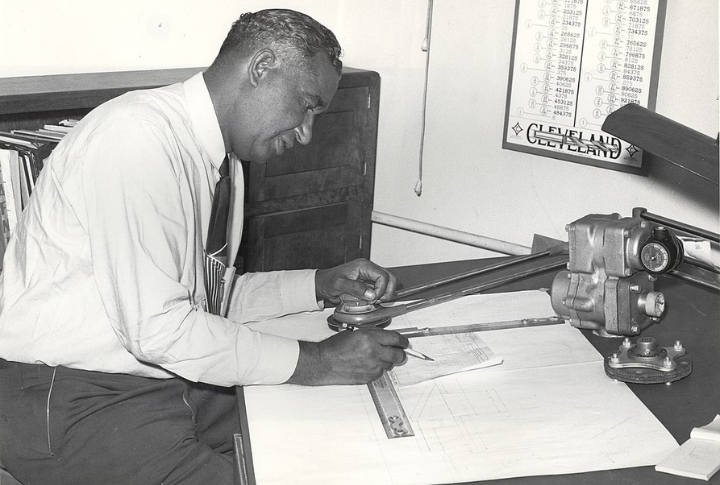
Cold-storage transport once seemed impossible. Frederick McKinley Jones made it real with his truck refrigeration system. The technology kept perishable goods safe across long distances and became vital during wartime. Food delivery systems and medical cold storage trace their roots back to his breakthrough from the 1930s.
George Carruthers
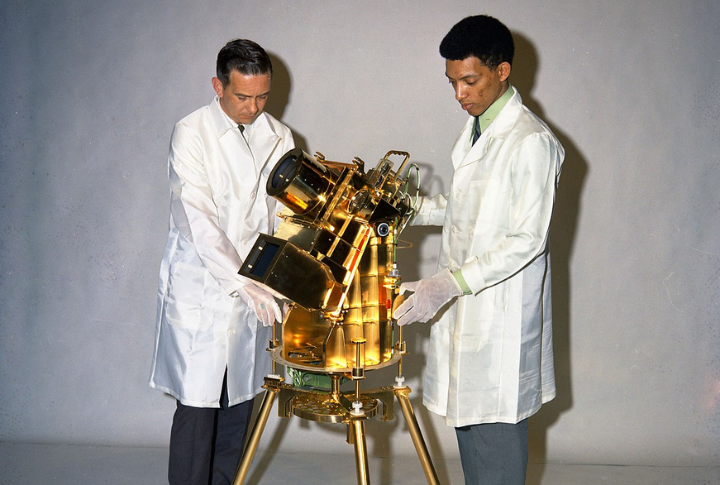
A far-ultraviolet camera designed for space came aboard Apollo 16, capturing images of Earth and distant galaxies in wavelengths invisible to the eye. The mind behind it, George Carruthers, turned a passion for science into groundbreaking work at a NASA-supported lab that reshaped how we study the universe.
Sarah Boone
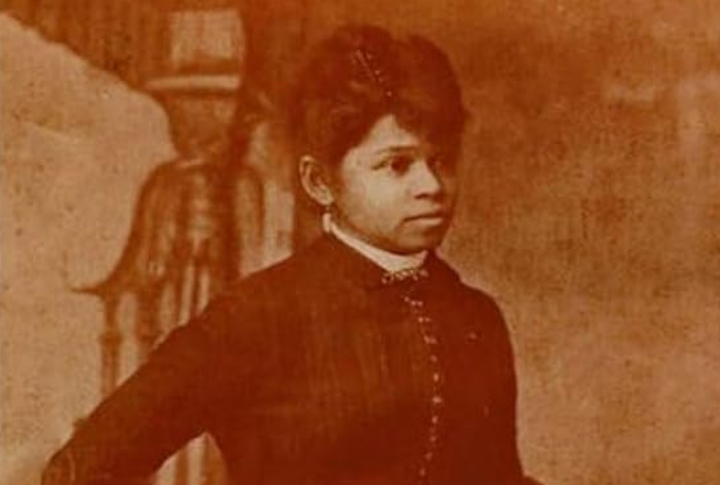
Clothing design changed fast in the late 1800s, but ironing tools didn’t keep up until Sarah Boone redesigned the board. She added a narrow, curved shape, making pressing sleeves and fitted clothing easier. Her update made ironing more efficient and continues to influence the shape of boards sold today.
Elijah McCoy

Locomotives ran longer and better thanks to Elijah McCoy’s lubrication invention, which applied oil steadily without stopping the engine. This design kept machines from seizing up, fueling progress during the peak of rail expansion. Its reliability earned praise from engineers and may have inspired the phrase “the real McCoy,” though its origin remains debated.
Charles Drew
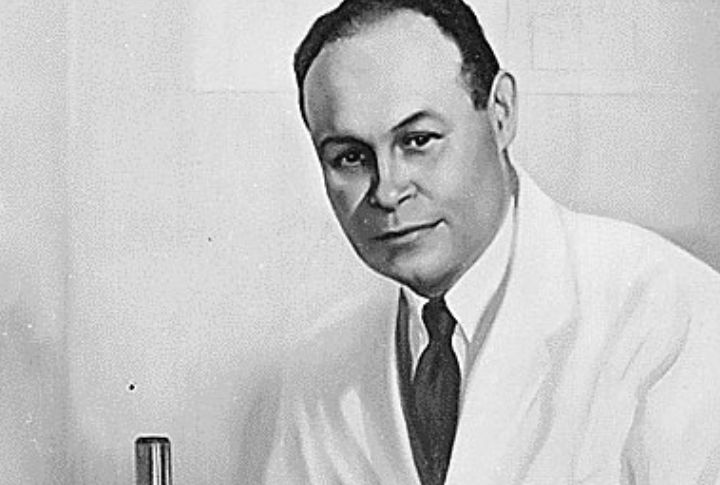
Plasma could be stored much longer when separated from whole blood—an innovation credited to Charles Drew. That insight became the foundation for new storage techniques and collection systems that changed emergency care. Furthermore, the systems he developed led to organized blood banking and improved transfusion practices during WWII and beyond.
Marian Croak

Marian Croak worked in a telecom lab where she developed early voice-over-Internet protocols. Her work made modern tools like Zoom calls and text messaging possible. With hundreds of patents to her name, she is also a leader in tech policy and ethics.
Lonnie Johnson
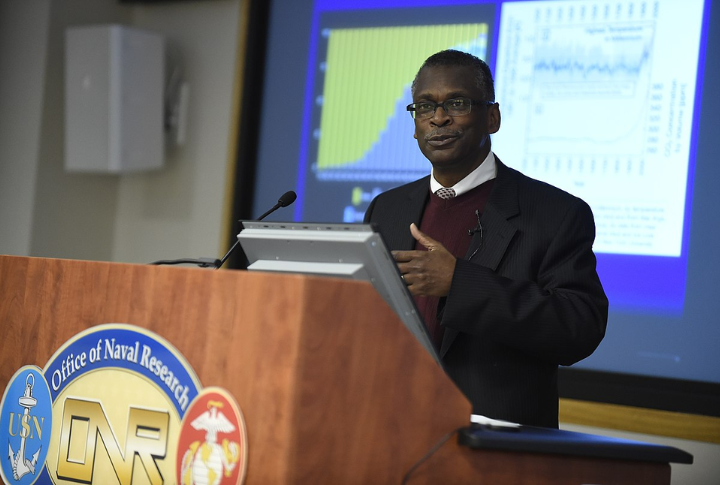
Behind one of the most popular toys, the Super Soaker, is a NASA engineer passionate about clean energy. Lonnie Johnson redirected the toy’s success into his research firm, developing renewable tech and battery improvements. His path from Air Force scientist to playful inventor reflects a rare blend of fun and focus.

